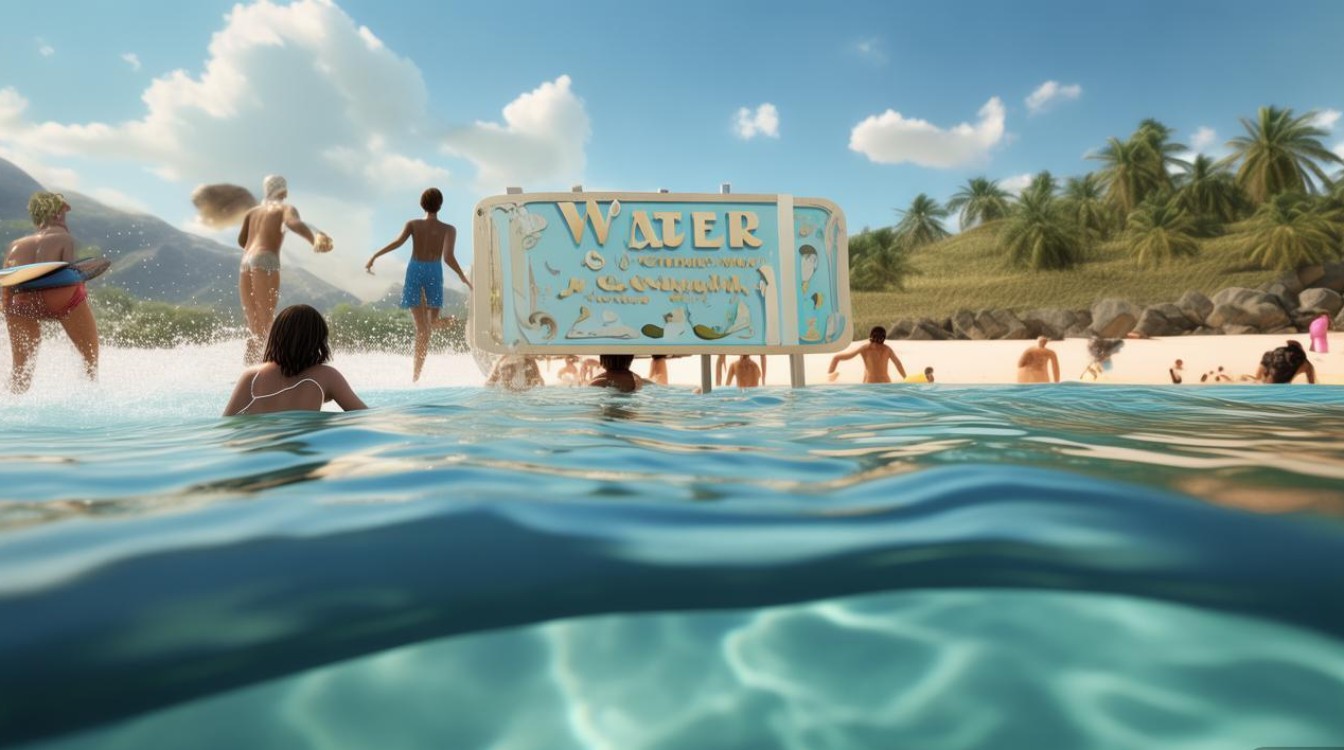Water activities have long been a cornerstone of human recreation, fitness, and cultural expression, offering a refreshing escape from daily routines while fostering a deep connection with nature. From the adrenaline rush of surfing to the serene practice of paddleboarding, these activities cater to diverse interests, skill levels, and environments. Whether you're seeking adventure, relaxation, or a social experience, there's a water-based pursuit waiting to be explored.

Popular Water Activities for Every Enthusiast
Water activities can be broadly categorized into active, leisurely, and competitive types, each with unique appeal.
Active & Adventurous Pursuits
For those who crave excitement, activities like surfing, kayaking, and jet skiing deliver thrills. Surfing, born from Polynesian culture, has evolved into a global phenomenon, challenging riders to harness the power of ocean waves. Kayaking, on the other hand, offers versatility—whitewater kayaking tests agility in rapids, while sea kayaking allows exploration of coastlines and marine life. Jet skiing, a high-speed option, is perfect for adrenaline junkets seeking a quick splash of fun.
Leisurely & Relaxing Options
Not all water activities require intense physical exertion. Paddleboarding, whether on calm lakes or gentle ocean waves, promotes balance and mindfulness, often combined with yoga or fishing. Sailing, with its blend of skill and tranquility, lets riders glide with the wind, enjoying scenic vistas. For a laid-back vibe, tubing—floating on an inflatable tube behind a boat—provides laughs and relaxation for all ages.
Competitive & Social Sports
Water sports like swimming, water polo, and rowing combine athleticism with teamwork. Competitive swimming, an Olympic staple, showcases speed and endurance, while recreational swimming remains a popular low-impact exercise. Water polo, a fast-paced team game, demands strategy and strength, making it a favorite among collegiate and professional athletes. Rowing, whether competitive or casual, builds upper-body strength and camaraderie among crews.
Choosing the Right Activity for You
Selecting a water activity depends on several factors, including location, fitness level, and interests. Below is a quick guide to help narrow down options:
| Activity | Best For | Skill Level | Typical Cost |
|---|---|---|---|
| Surfing | Adventure seekers, wave riders | Intermediate | $$ (board + lessons) |
| Paddleboarding | Relaxation, fitness, beginners | Beginner | $ (rental vs. purchase) |
| Kayaking | Explorers, nature lovers | All levels | $$ (kayak + gear) |
| Jet Skiing | Thrill-seekers, high-speed fun | Beginner | $$$ (rental or own) |
| Sailing | Scenic views, teamwork, calm waters | Intermediate | $$$$ (boat + lessons) |
Safety and Preparation Tips
While water activities are enjoyable, safety should always come first. Here are essential tips:
- Wear a life jacket: Non-swimmers and children should always use one, even in calm waters.
- Check weather conditions: Storms, strong currents, or high winds can turn a fun outing into a dangerous situation.
- Take lessons: Activities like surfing or sailing benefit from professional instruction to avoid injuries.
- Stay hydrated: Sun exposure and physical activity increase dehydration risk—bring plenty of water.
- Use reef-safe sunscreen: Protect your skin and marine ecosystems from harmful chemicals.
Environmental Considerations
As water activities grow in popularity, preserving aquatic ecosystems becomes crucial. Simple practices like avoiding single-use plastics, respecting marine life (e.g., not touching coral reefs), and participating in beach clean-ups can minimize environmental impact. Many operators now offer eco-friendly tours, emphasizing sustainability without sacrificing adventure.
FAQs About Water Activities
Q1: What’s the best water activity for a complete beginner?
A1: Paddleboarding is ideal for beginners due to its gentle learning curve and versatility. Most rental shops offer short lessons, and calm lakes or bays provide a safe environment to practice balance and basic strokes.
Q2: Are water activities expensive to get started?
A2: Costs vary widely. Activities like swimming or beach volleyball require minimal gear, while sports like sailing or surfing may involve higher initial investments. Renting equipment is a great way to try activities before purchasing. Many communities also offer affordable group classes or public access points to reduce costs.
Water activities enrich lives by combining physical activity, mental relaxation, and a sense of wonder. Whether you’re carving waves, gliding across a lake at sunrise, or laughing with friends on a boat, these experiences create lasting memories while promoting health and happiness. Dive in—the water’s calling!











